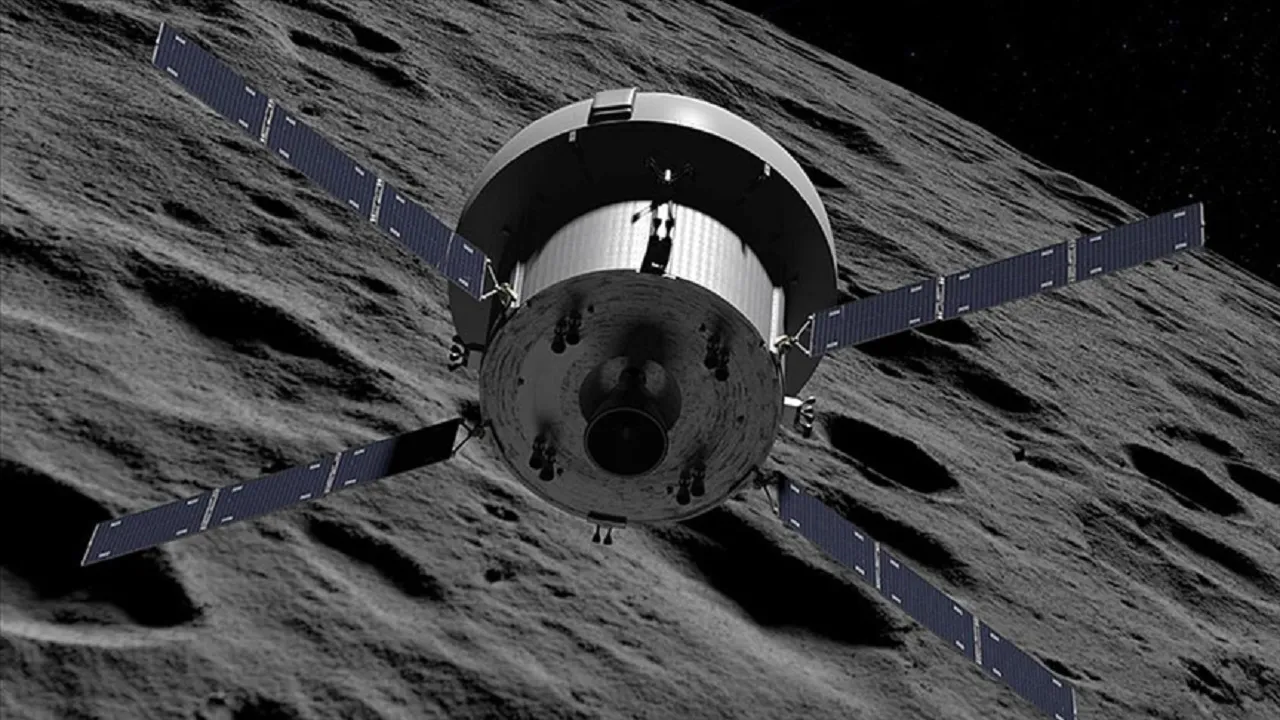NASA’s Lunar Trailblazer satellite, developed to map water around the Moon, was disabled just one day after launch. Communication with the spacecraft, which was successfully launched aboard SpaceX’s Falcon 9 rocket on February 26th, was completely lost, officially ending the mission.
NASA’s Moon Mission Fails
Lunar Trailblazer was designed to determine the location, amount, and time-varying patterns of water on the Moon’s surface with high resolution. The satellite would not land; instead, it would observe from lunar orbit. This project, one of NASA’s smaller-scale scientific missions conducted through commercial partnerships, was considered an example of the agency’s low-cost exploration initiatives.

The mission was planned as part of Intuitive Machines’ IM-2 mission. The satellite successfully separated from the Falcon 9 rocket 48 minutes after launch, and initial contact was established the same day. However, communication was completely lost by the following day, and the connection was never reestablished.
The mission team identified the source of the problem by analyzing short-term telemetry data obtained after launch. The satellite failed to properly orient its solar panels toward the Sun. This led to a rapid depletion of the batteries, rendering the satellite completely inoperable.
Nicky Fox of NASA’s Science Mission Directorate stated that despite the mission’s failure, such small-scale missions are critical to future low-cost space exploration. “While this isn’t the outcome we hoped for,” Fox said, “initiatives like Lunar Trailblazer are helping us mitigate risks as we prepare for a sustained human presence on the Moon.”
The Lunar Trailblazer failure further highlighted the technical vulnerabilities faced by small satellite missions and highlighted the role of such experience in preparing for NASA’s Artemis program and similar large-scale projects.













